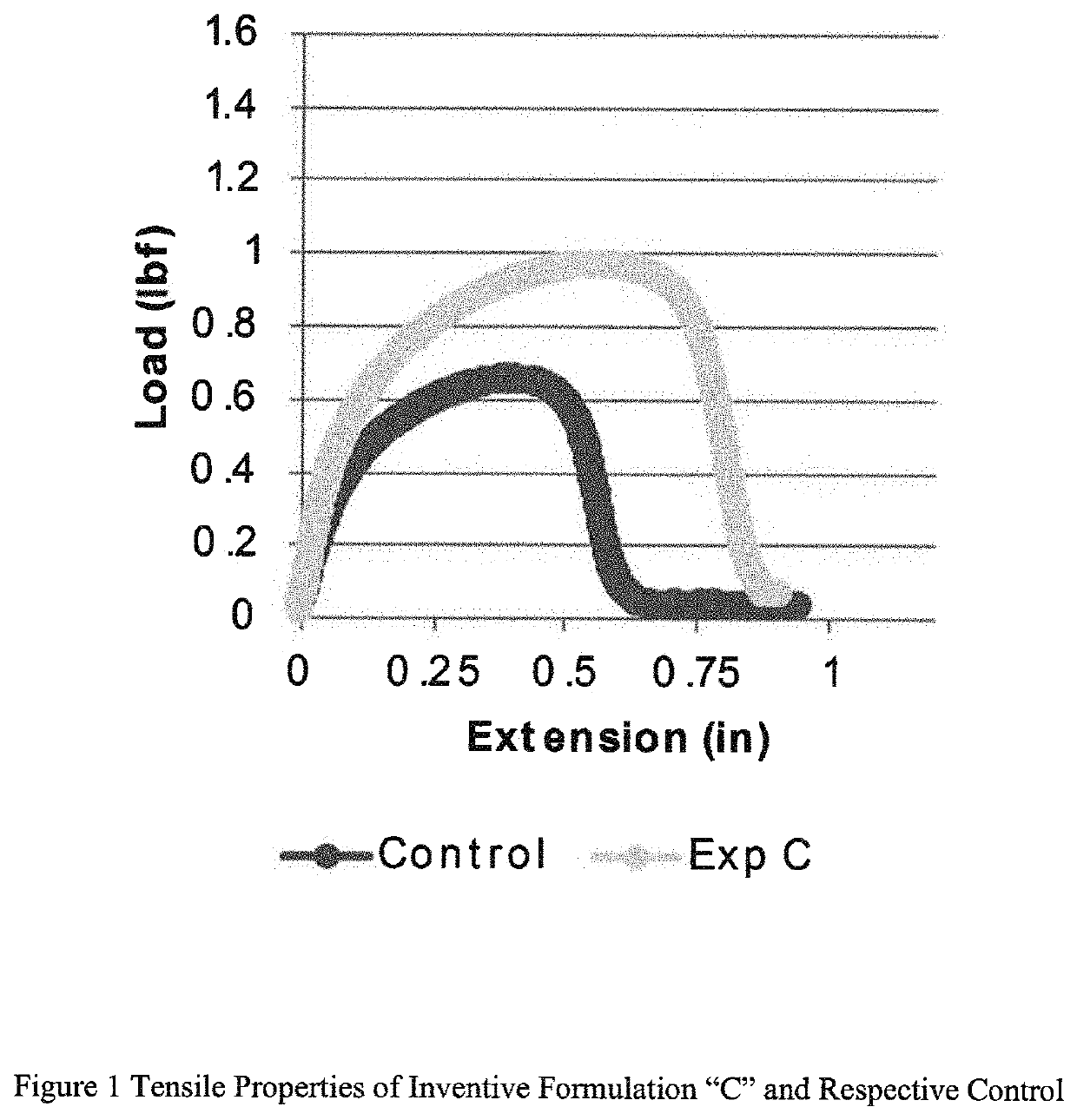Methods for making a plasticized polymer, methods for making a composition using the plasticized polymer, and compositions comprising the plasticized polymer
a technology of plasticizer and polymer, which is applied in the field of polyolefins, can solve the problems of not meeting the definition of plasticizer, difficult production, and no prior art knowledge, and achieves the effects of reducing water and energy consumption, reducing solvent removal steps, and being more environmentally and commercially friendly
- Summary
- Abstract
- Description
- Claims
- Application Information
AI Technical Summary
Benefits of technology
Problems solved by technology
Method used
Image
Examples
examples
[0080]The following examples demonstrate several aspects of certain preferred embodiments of the present invention, and are not to be construed as limitations thereof.
[0081]The feasibility of ethylene homopolymerization and copolymerization with 1-octene in mineral oil was investigated in a semi-batch solution reactor using CGC-Ti catalyst. Methylaluminoxane (MAO) was used as a cocatalyst and as an impurity scavenger.
[0082]Ethylene and nitrogen (Praxair) were flown through beds packed with molecular sieves (a mixture of 4-A° and 133 sieves) and copper(II) oxide to remove polar contaminants. The mineral oil, Kaydol White USP from Sonneborn, Inc., has a molecular weight of 430 g / mol, parrafinic C % of 57, and a specific gravity at 25° C. of between 0.869-0.885, was purified by flowing it over a column filled with molecular sieve 5-A°. 1-Octene (Sigma-Aldrich) was purified in a similar way. HPLC grade toluene (Aldrich) was purified by refluxing it over metallic sodium for 40 hours and ...
PUM
| Property | Measurement | Unit |
|---|---|---|
| density | aaaaa | aaaaa |
| density | aaaaa | aaaaa |
| density | aaaaa | aaaaa |
Abstract
Description
Claims
Application Information
 Login to View More
Login to View More - R&D
- Intellectual Property
- Life Sciences
- Materials
- Tech Scout
- Unparalleled Data Quality
- Higher Quality Content
- 60% Fewer Hallucinations
Browse by: Latest US Patents, China's latest patents, Technical Efficacy Thesaurus, Application Domain, Technology Topic, Popular Technical Reports.
© 2025 PatSnap. All rights reserved.Legal|Privacy policy|Modern Slavery Act Transparency Statement|Sitemap|About US| Contact US: help@patsnap.com


